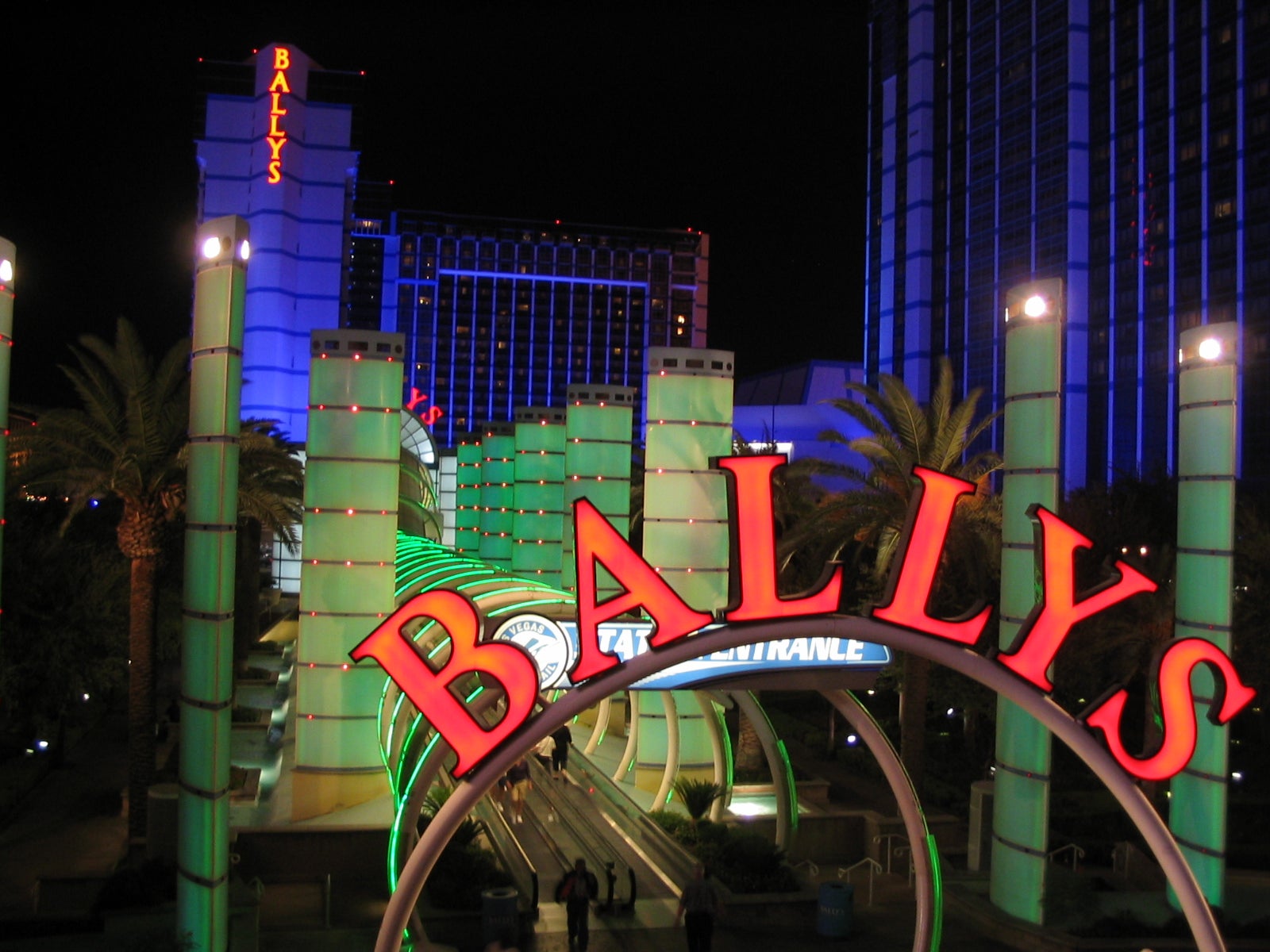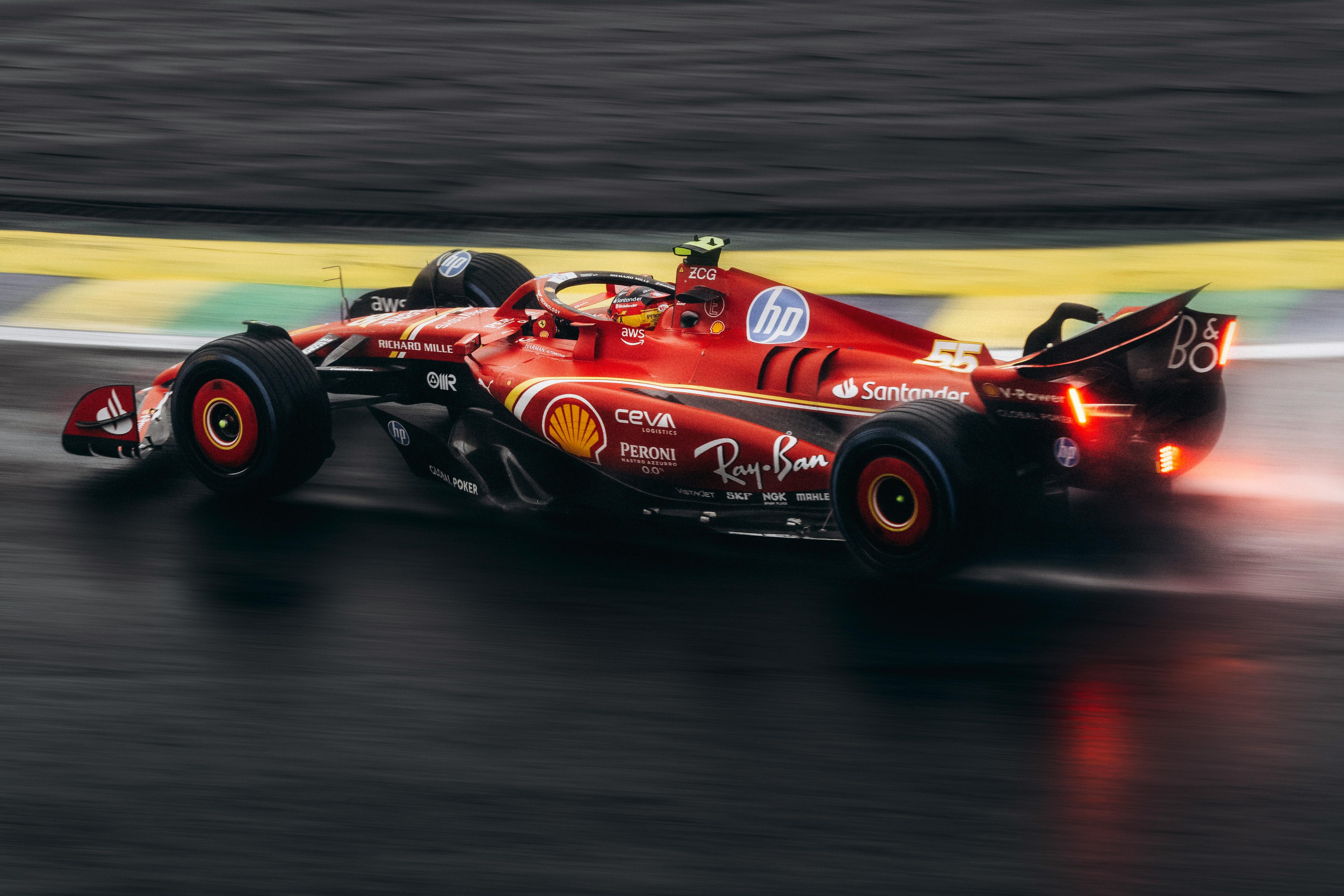Convention Slump
Las Vegas tourism shrank significantly in June as major convention cancellations and economic headwinds took their toll. LVCVA’s Kevin Bagger cited reduced corporate travel budgets and lack of marquee events like InfoComm, which hosts up to 50,000 attendees, as propelling factors for the 10.7% convention attendance drop to 374,600.
Hotel performance was similar to the trend, with occupied room nights plunging 9.7% and average rates going down 6.6% to $163.64. Strip occupancy fell to 81.9%, the weakest it’s been since 2022, causing a 13.5% RevPAR decline.
Transportation reports confirmed the pattern. Harry Reid Airport reports indicate 6.3% fewer passengers (4.7 million), including a 9.8% international arrival decline. Spirit Airlines’ traffic fell 36.8%, while road traffic on I-15 California corridors fell 4.3% despite significant statewide highway gains.
Gaming Resilience
Nevada’s casino sector performed differently in June 2025, with statewide gaming revenue rising 3.5% YoY to $1.33 billion, extending a record 52-month streak above $1 billion. NGCB analyst Shelley Newell praised the industry’s durability, noting revenues remain 22% above comparable levels in 2019 despite inflation pressures.
While fiscal-year totals dipped slightly by 0.8% to $15.64 billion, regions performed differently. The Strip recorded a 3% annual decline, contrasting with robust growth in other areas. Downtown Las Vegas jumped 10.5%, while Boulder Strip surged 19.3%.
Clack County’s outlying areas, including the Durango resort, also saw a $1.92 billion annual revenue growth, making it the state’s strongest submarket. Though the Strip still contributes 56.1% of Nevada’s gaming revenue, emerging zones now account for 12.4% of statewide earnings, up from 9.1% in 2022.
Concerts Offset Visitor Dip
Major entertainment events partially countered the tourism slump in Las Vegas, with Bruno Mars, Rod Stewart, and Kenny Chesney’s residencies attracting dedicated crowds. UFC 317, CONCACAF Gold Cup matches, and other high-profile draws bolstered hospitality revenues despite a drop in visitation.
Casino operators now prioritize maximizing per-visitor spending by refining event curation and operational efficiency. Industry analysts suggest doubling down on exclusive events to compensate for falling travel demand for the second half of the year.


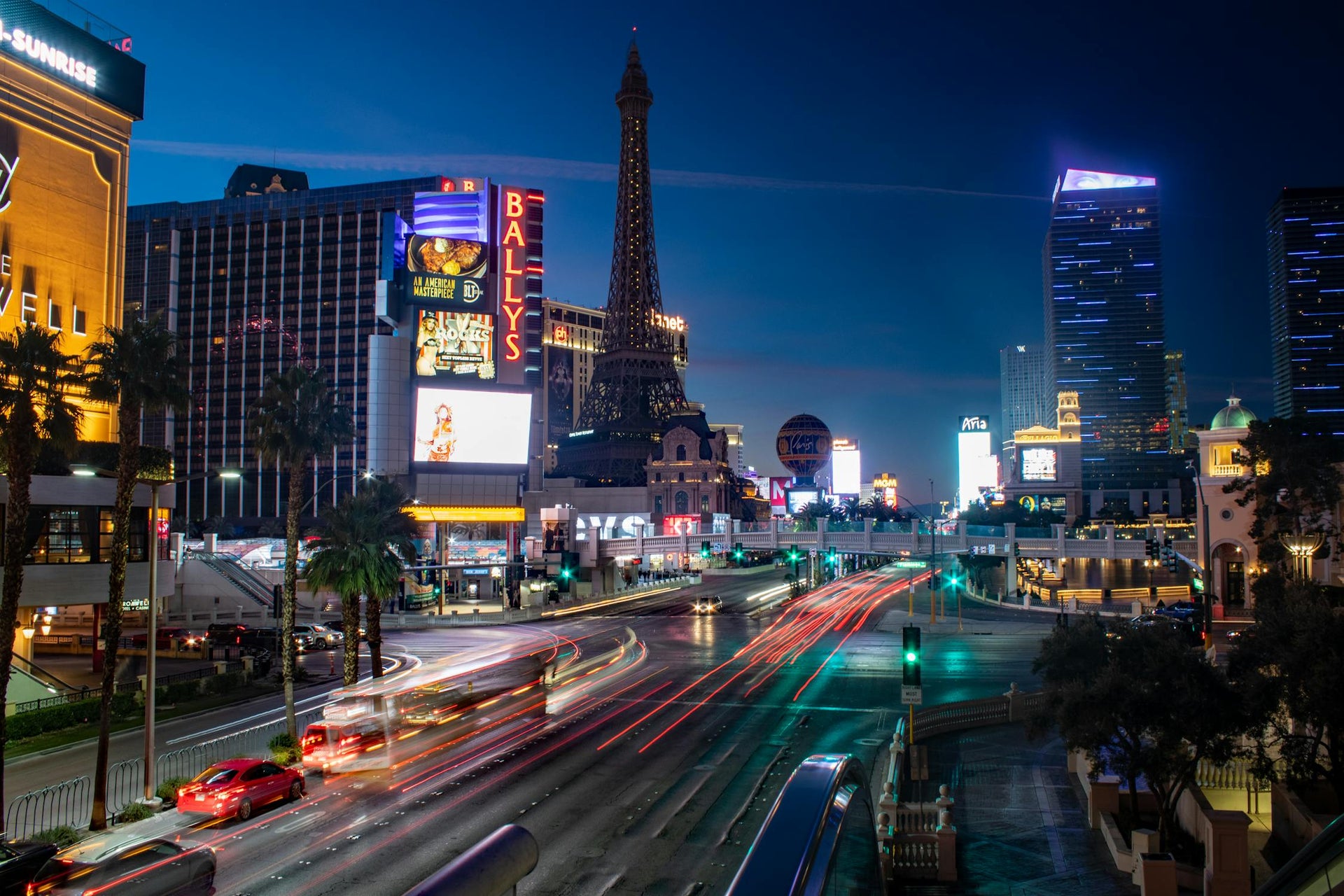




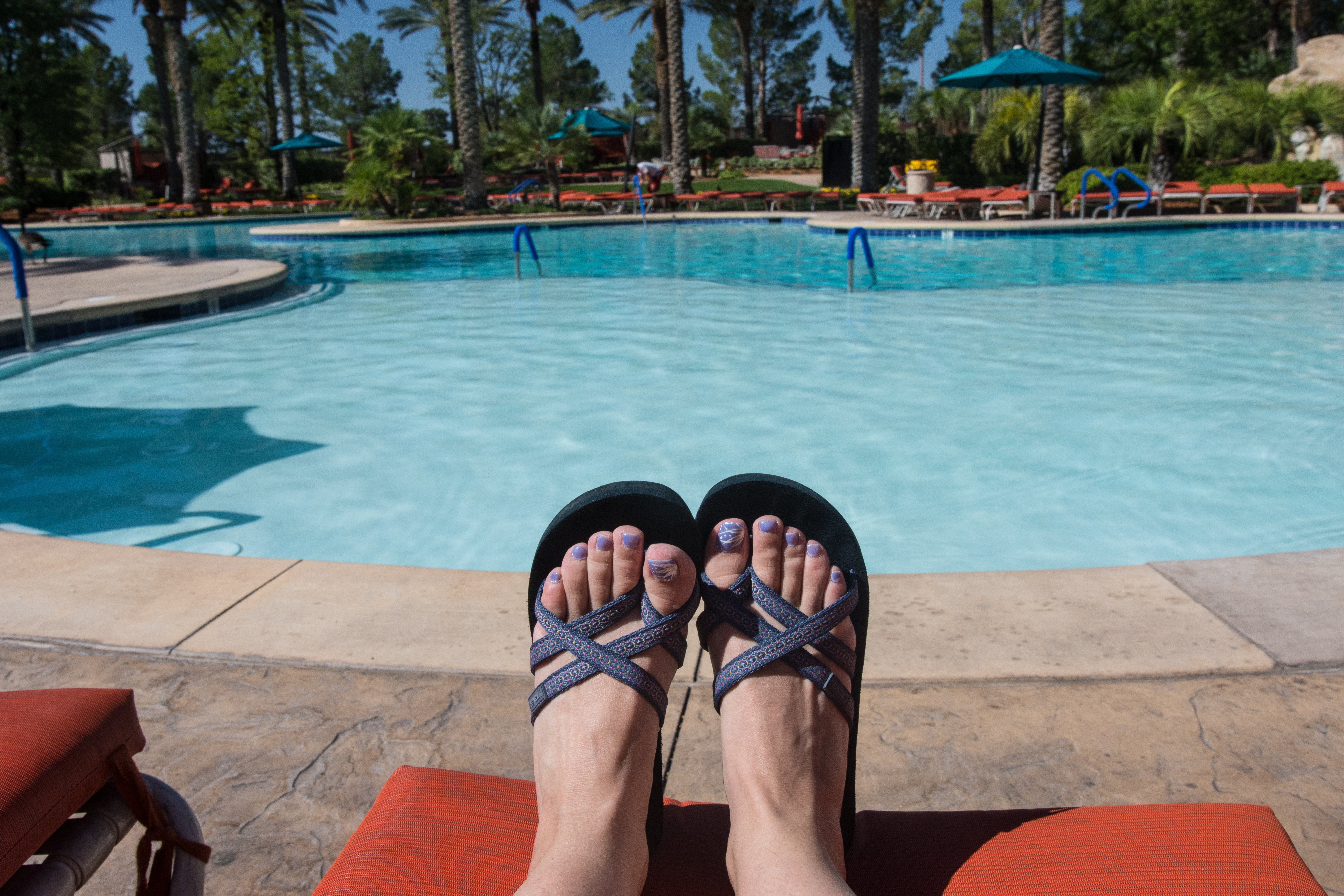
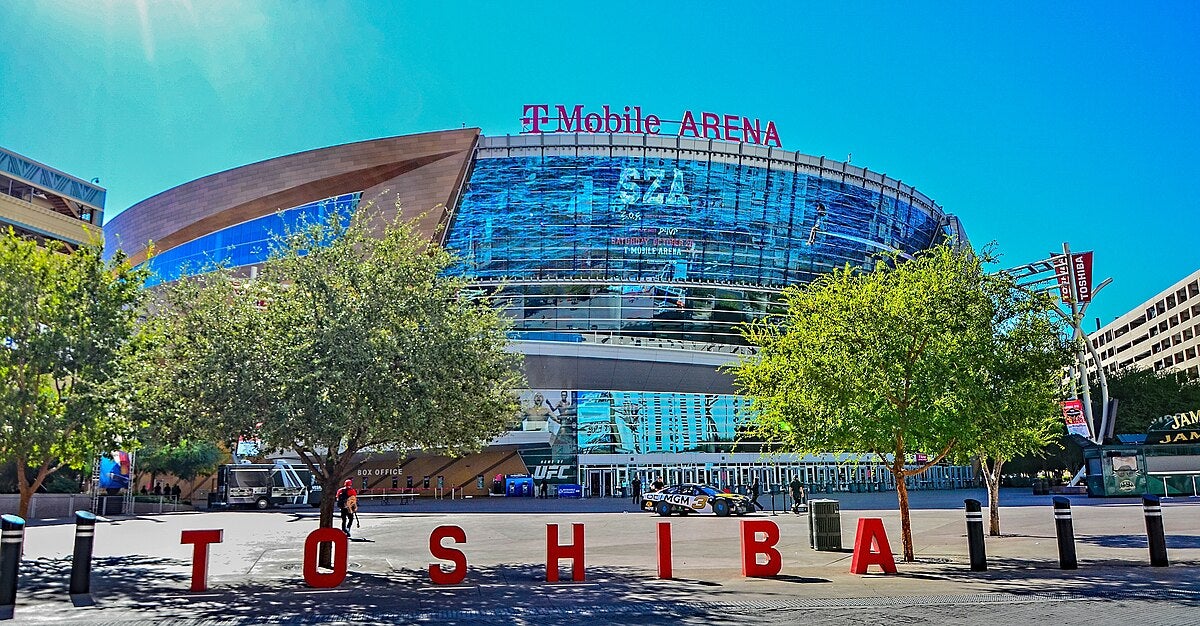
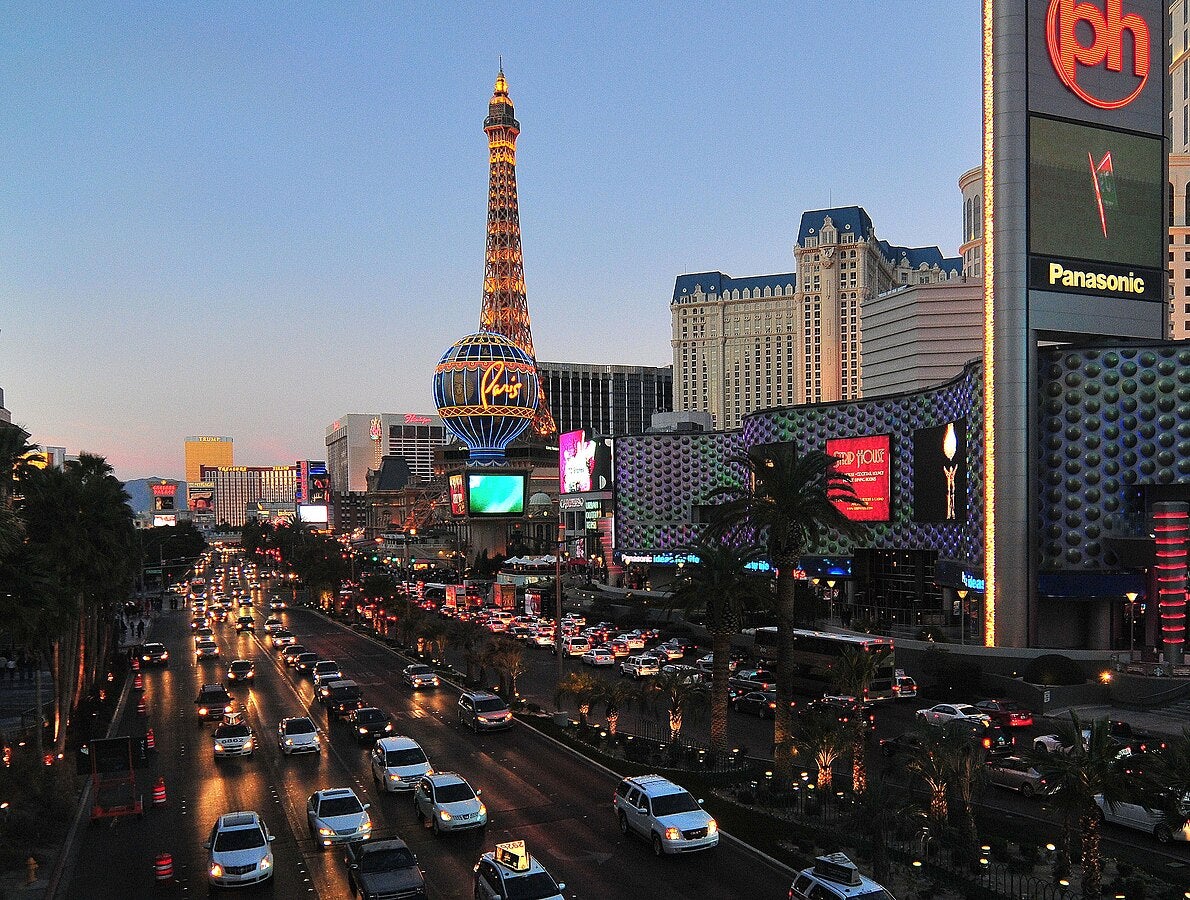
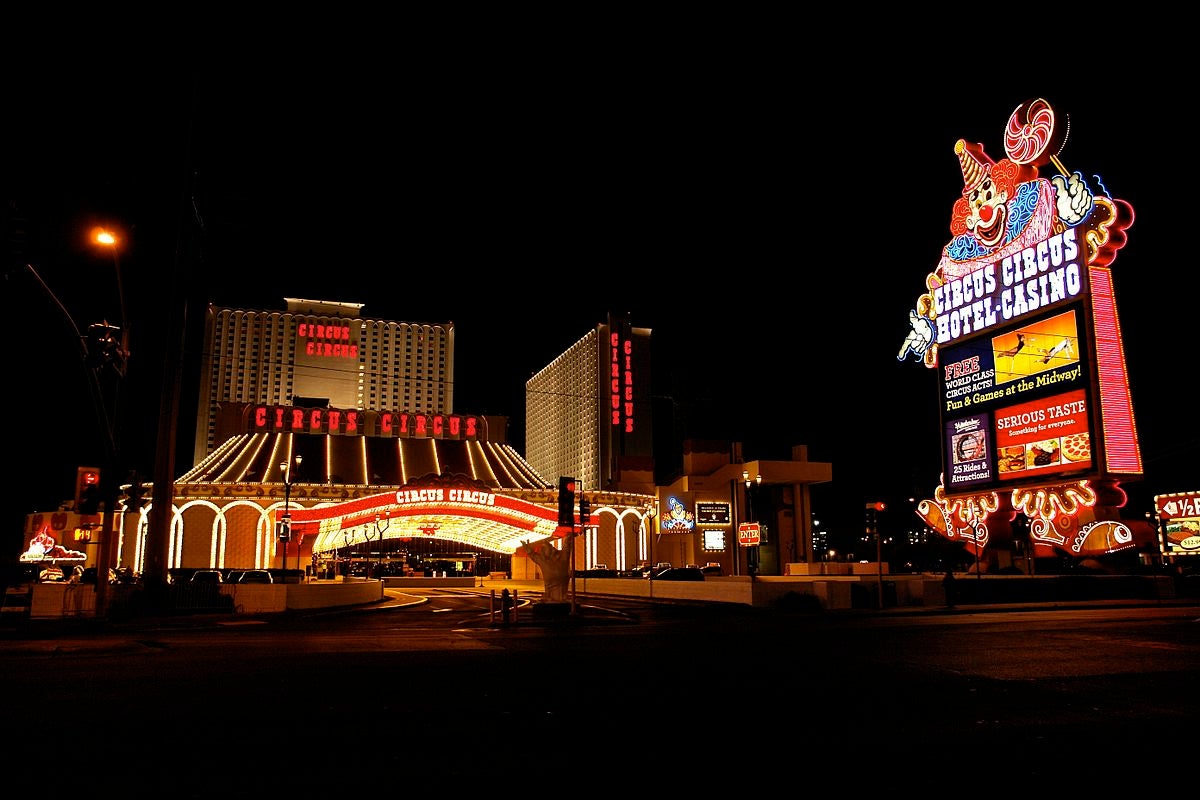
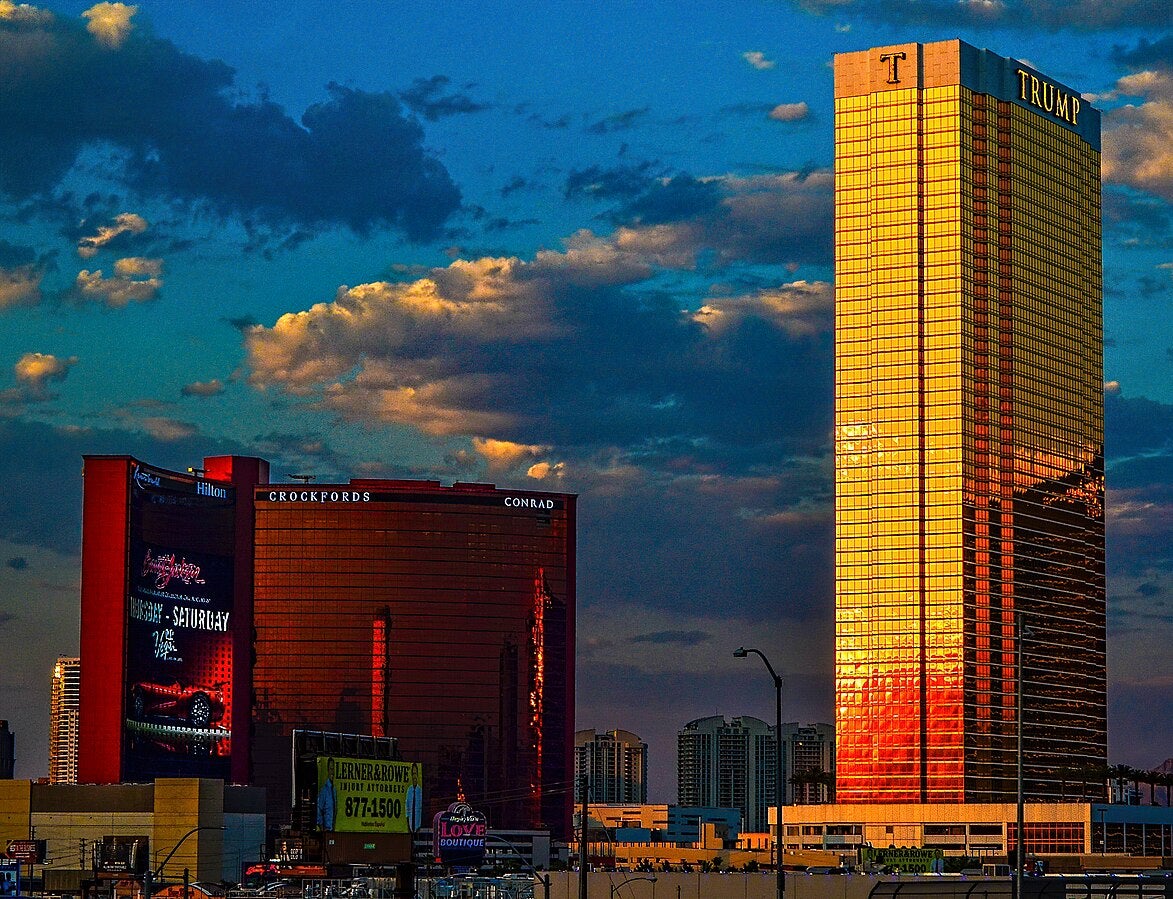
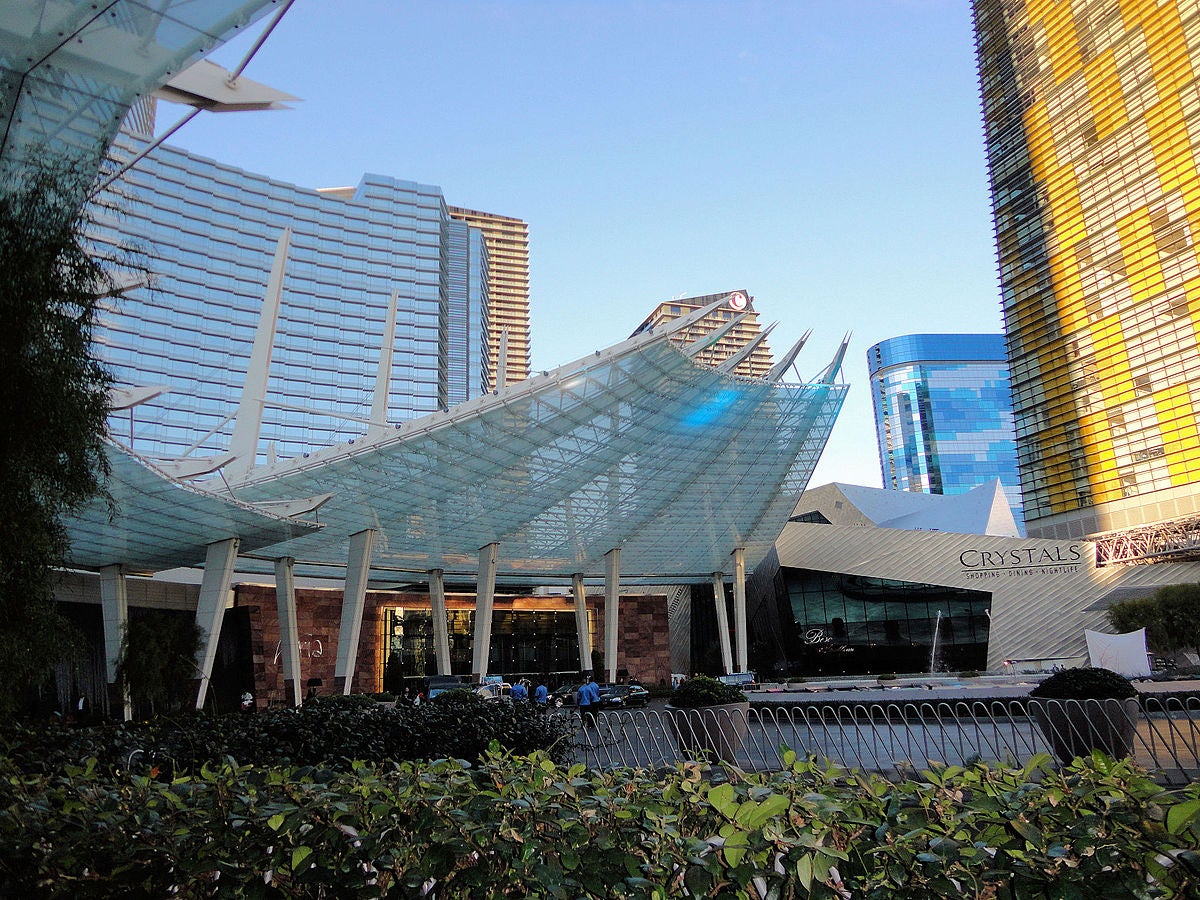
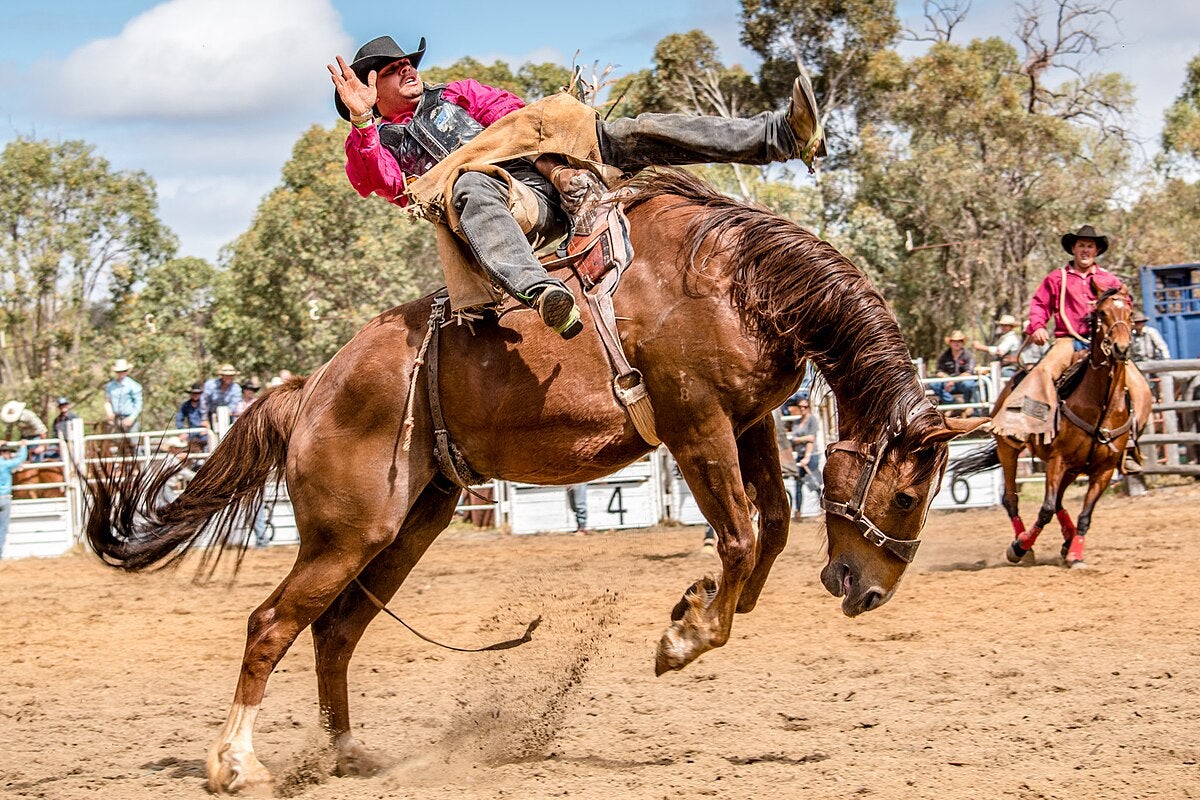

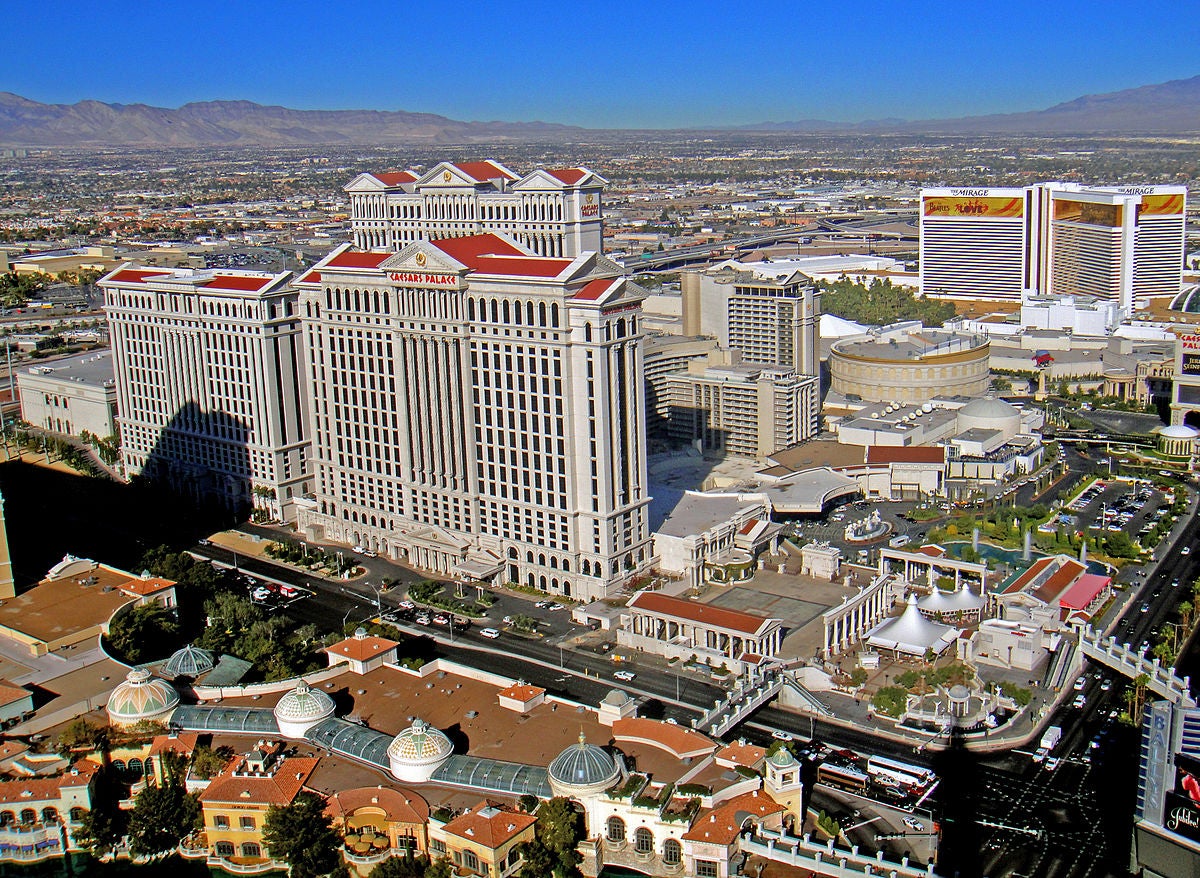
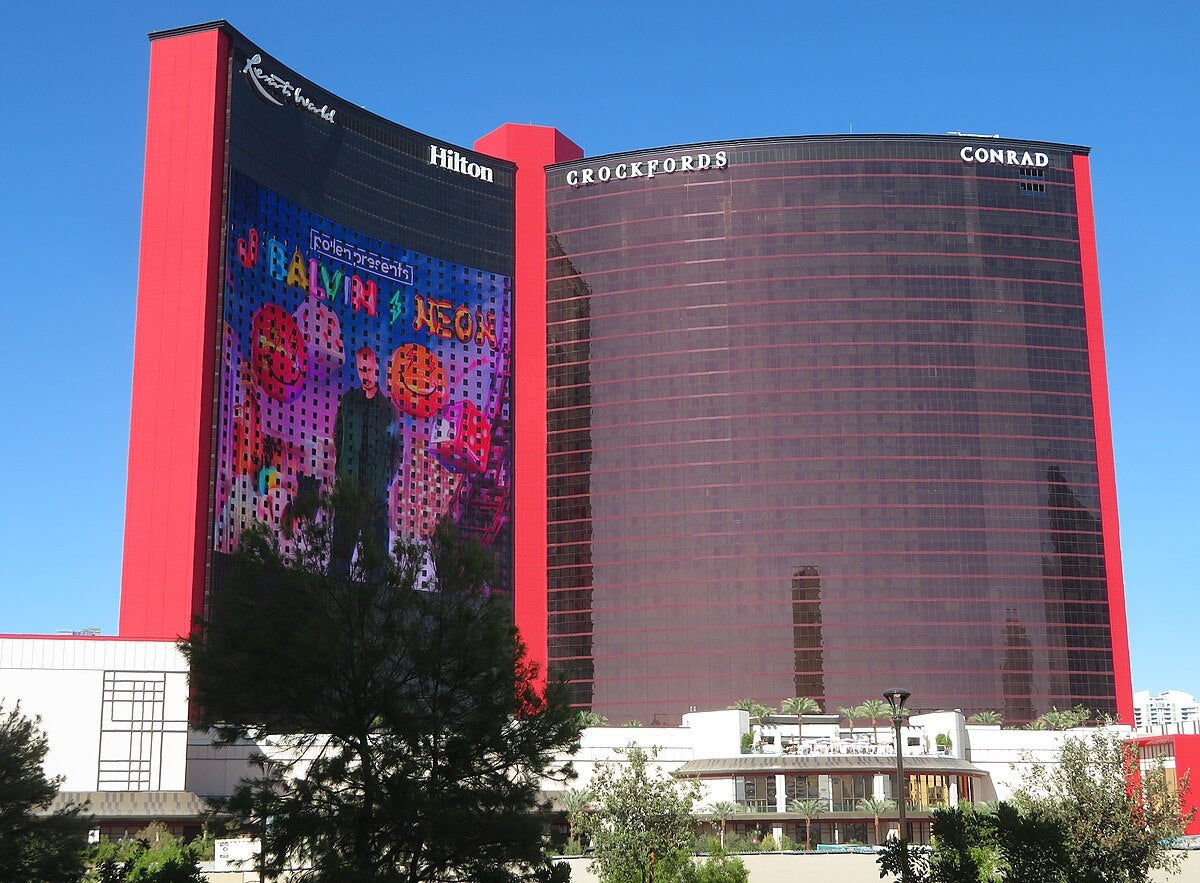
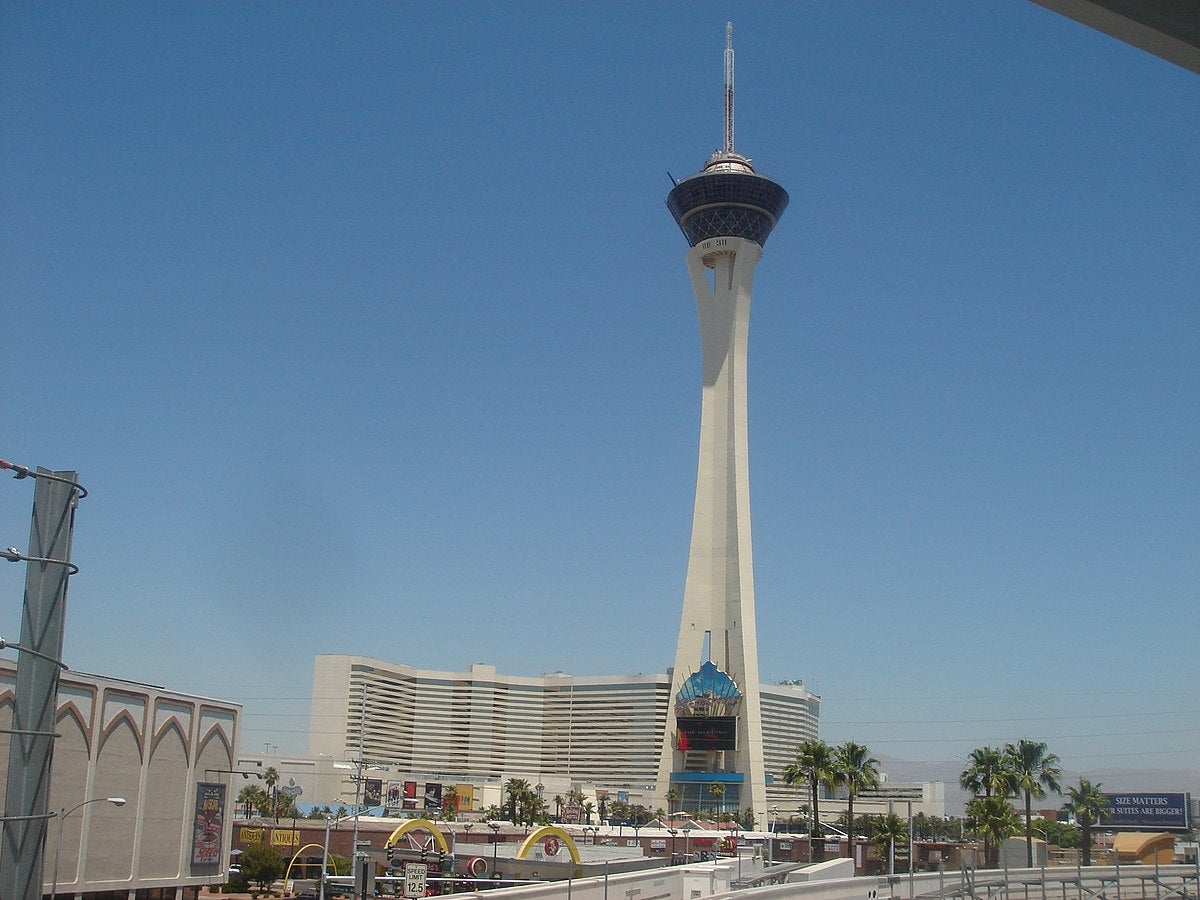
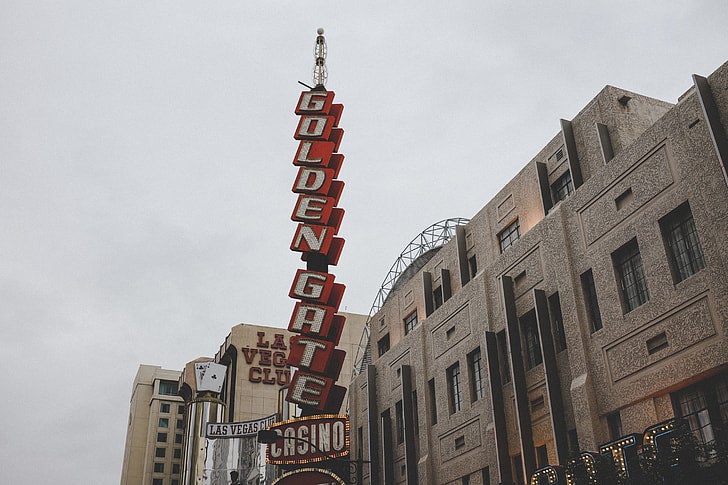
.jpg)
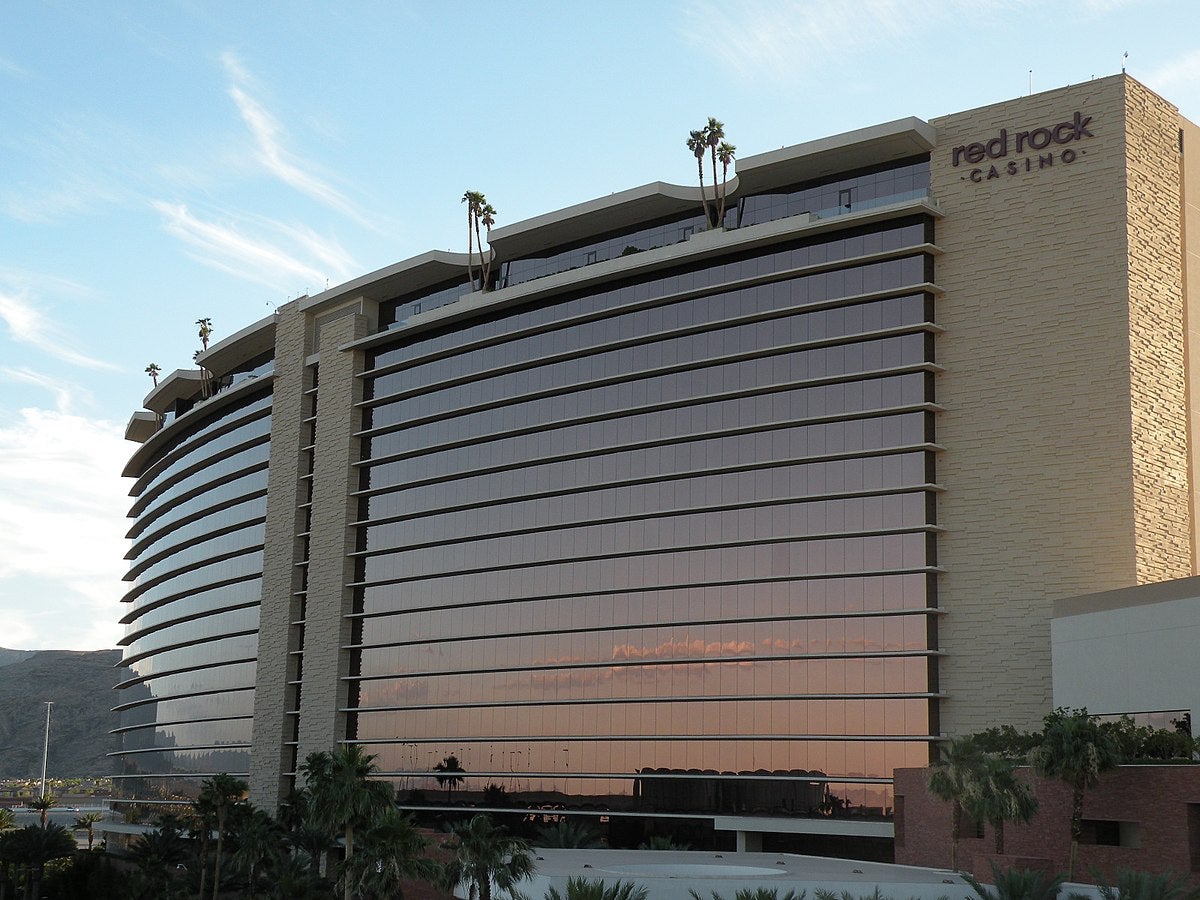
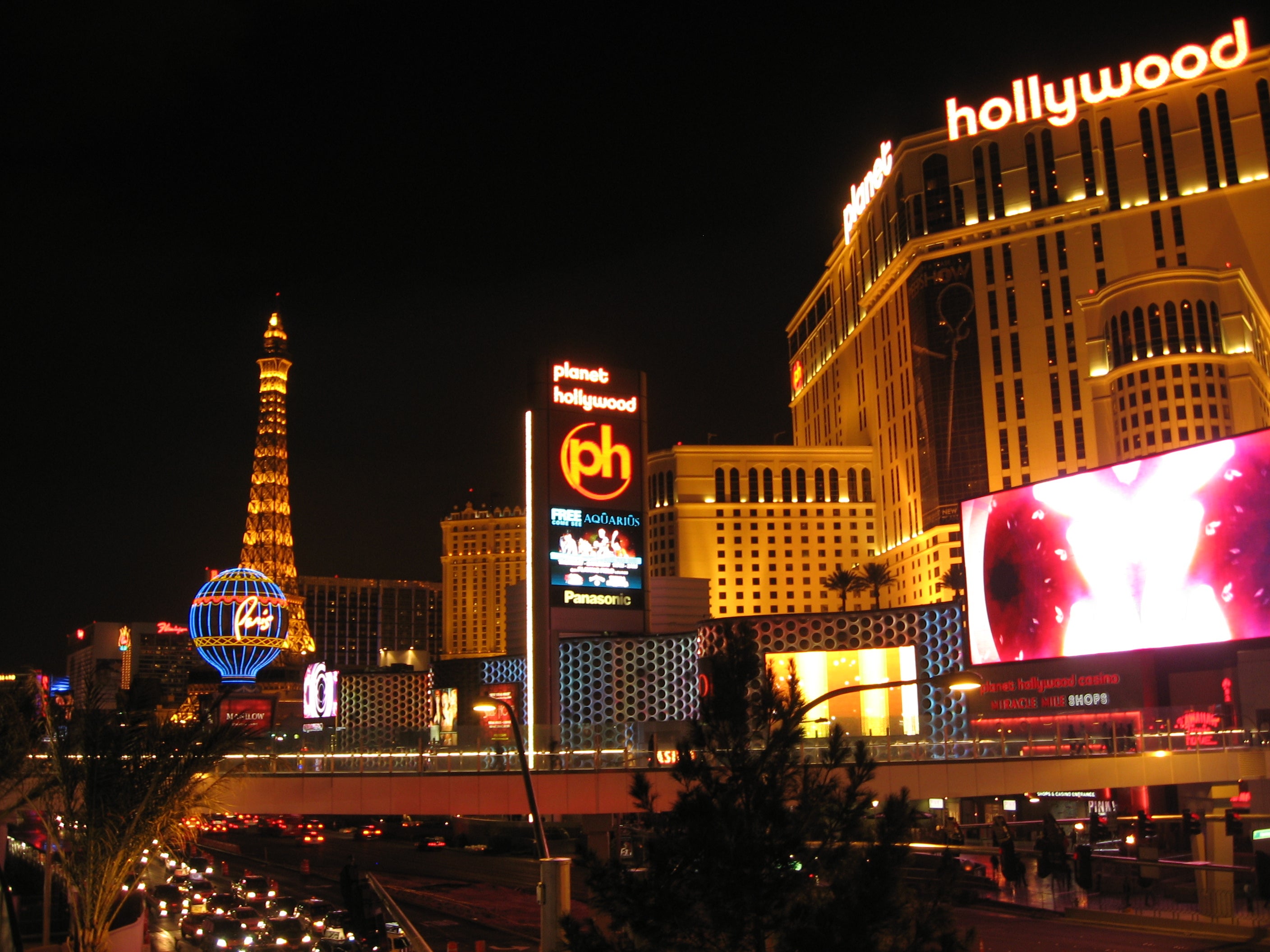
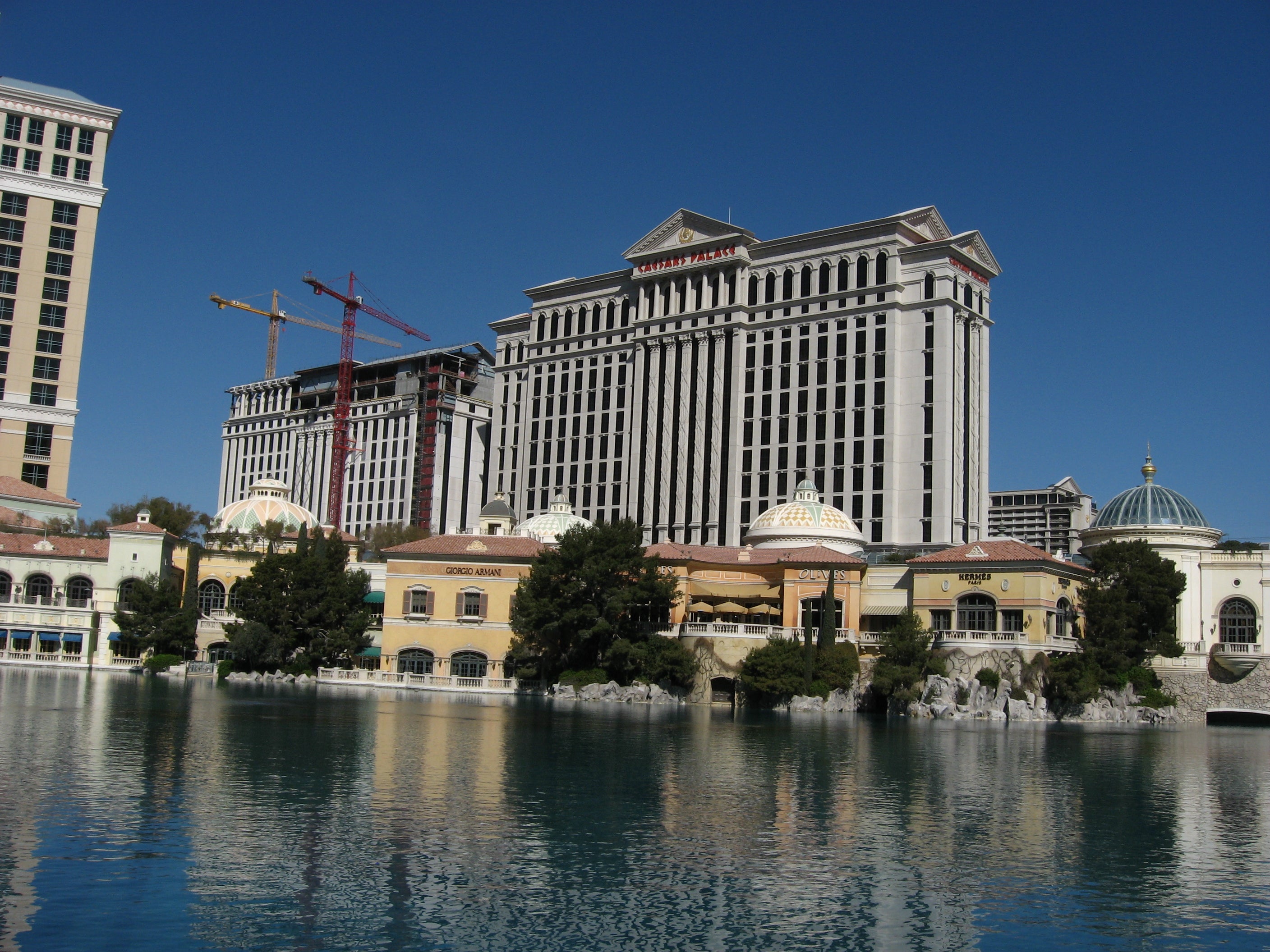
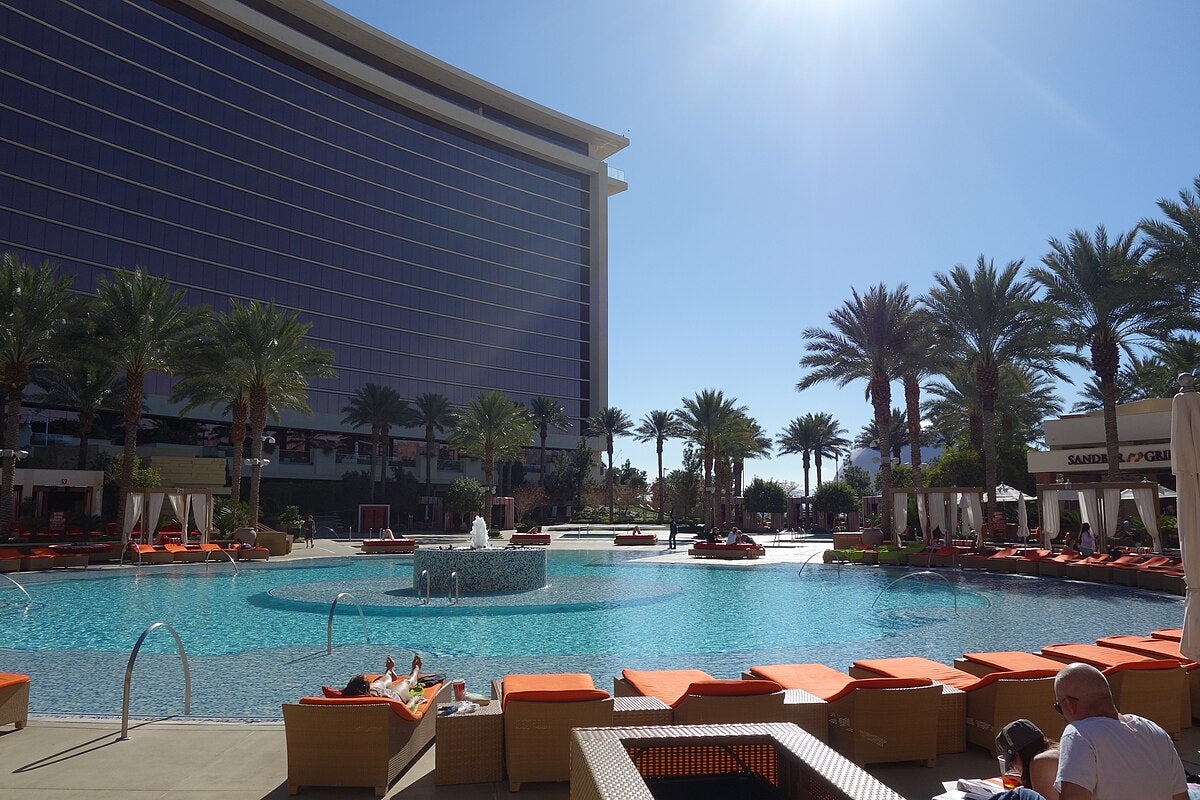
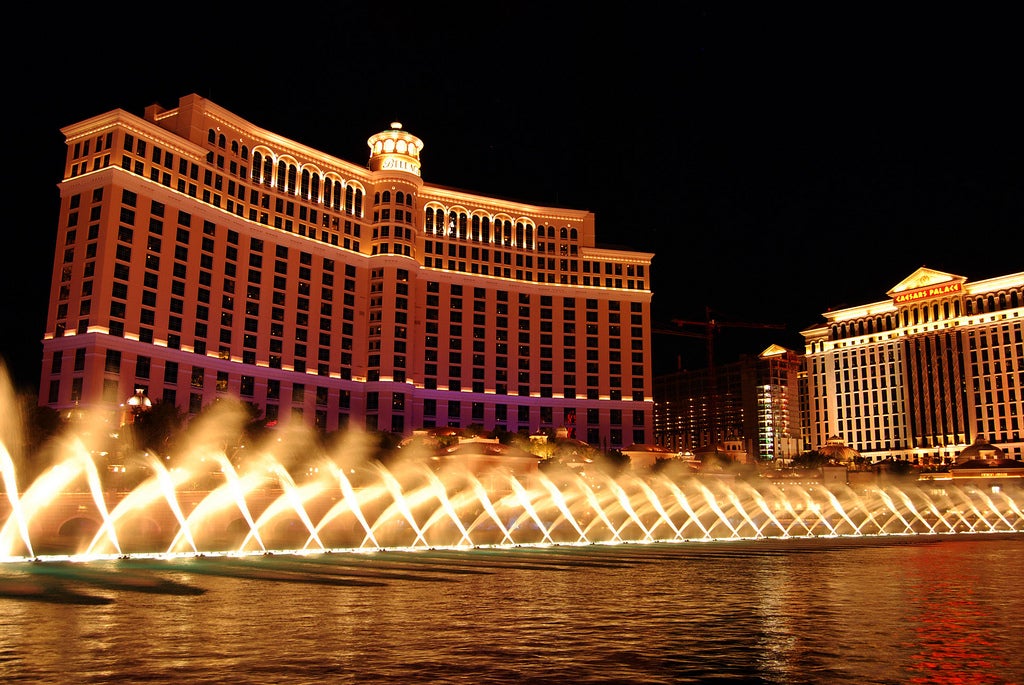
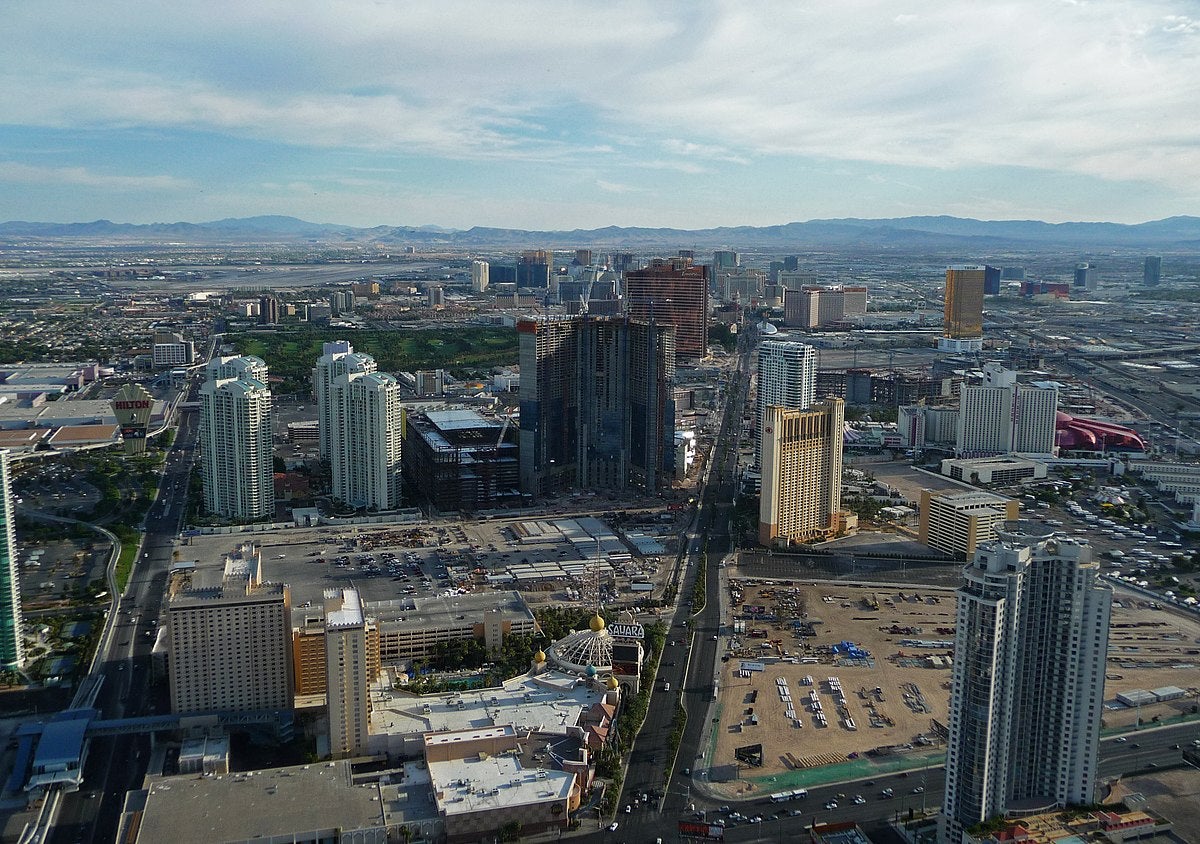
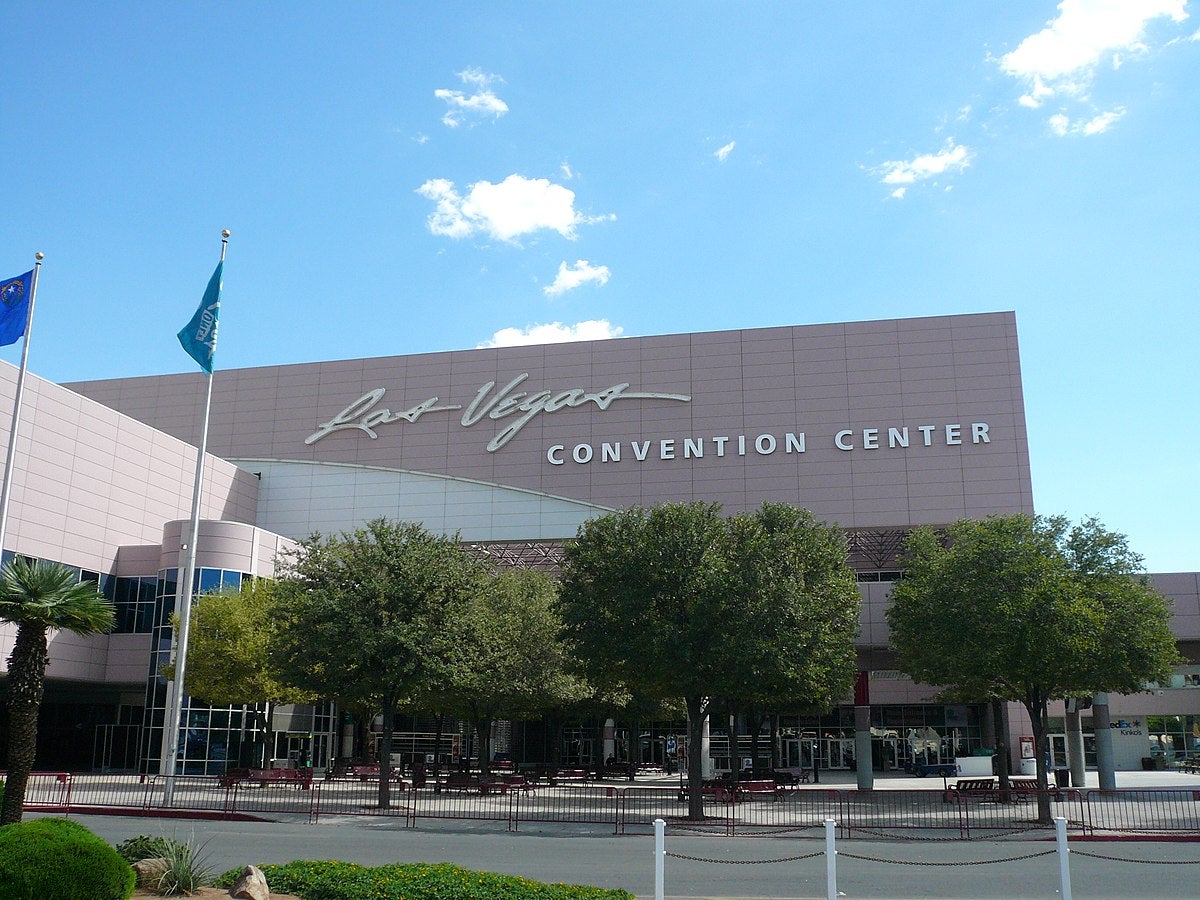
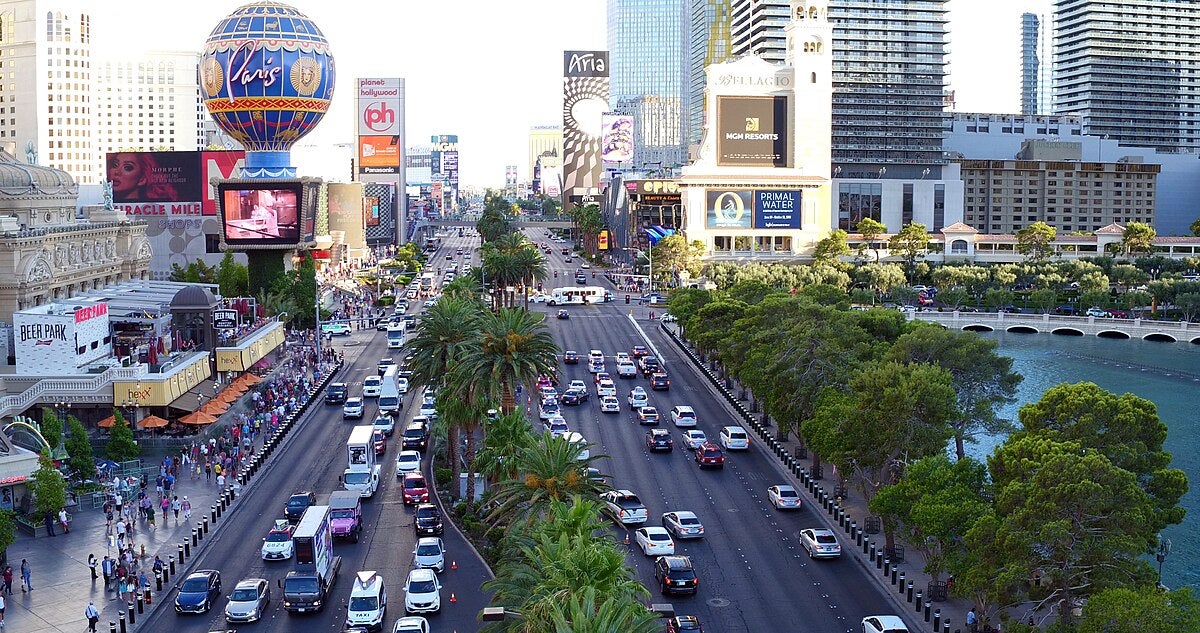


_-_an__All-American_Road_,_a_scenic_route...by_day_and_especially_by_night_(49686549532).jpg)




